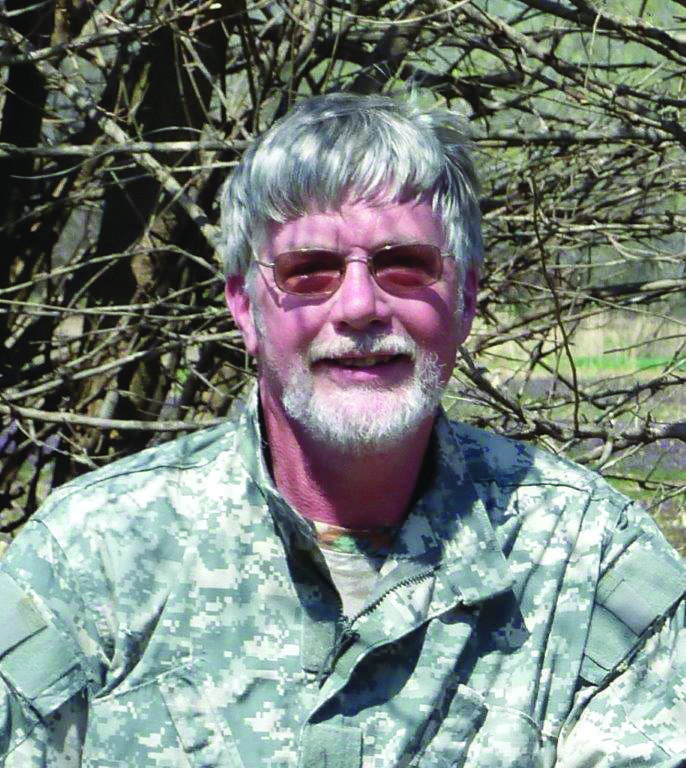Over the years I’ve had many encounters with those jaunty little stilt-legged birds known as Killdeers. As a midwestern farm kid I can’t count the number of times the little beggars ran ahead of the tractor in the middle of a field full of absolutely nothing but bare soil, never once hesitating to take on the big green behemoth invading their space. And that broken wings thing they do to lead you away from their nest; seriously? Occasionally I’d stop to chase one around and the minute I’d start to gain on it those wings that looked broken to the point of dragging uselessly in the dirt would miraculously heal and those tiny stick legs would propel it well out of reach again. I suppose Killdeer are named partly for the loud “KILL DEE” call they use, especially after they’ve fooled you again with the broken wing thing.
As kids we would spend some time each fall on Kelley’s Island in Lake Erie catching yellow perch. One popular spot to fish was from the dock where the big ferry tied-up when it arrived each time from the mainland. The dock included a large concrete area where passengers and vehicles unloaded from the ferry, and when the ferry was not in, we’d sit on the dock with our feet dangling over the water and the big concrete pad behind us. Several Killdeers were always hanging out there, I guess looking for handouts from departing passengers who thought they were so adorable they’d toss them bread and other snacks. The concrete contained several potholes that filled with water that splashed into them when the ferry arrived and left. Minnows were the preferred bait for yellow perch, and I remember that we would put a few minnows into the nearest pothole, trying to lure the Killdeers close. They’d stay just out of reach until the second we’d turn our back, then from the corner of my eye I’d see them scamper in, skewer a minnow or two from the puddle then retreat just out of reach again to swallow their catch.
Killdeer are members of the plover family which includes several other cousins that also look a lot like Killdeers. I learned that baby birds are divided into two distinct groups. Birds that hatch blind, naked and helpless are known as altricial, (Greek for “wet nurse.”) This group includes robins, blue jays and most other backyard birds whose hatchlings lie helplessly in their nest utterly relying on the parents to bring them food and push it down their throats. Its two weeks or more before altricial hatchlings mature enough to leave the nest, and even then they rely completely on the parents for food. The other group is known as precocial, (Latin for “ripened beforehand,”) and includes ducks, geese, pheasants, quail and killdeer. These hatchlings remain in the nest only long enough for their feathers to dry, then they are already out following their parents about, learning the ropes of life. Precocial birds remain in the egg twice as long as altricial birds to give them more time to develop. So for example, a one day old killdeer chick is actually two weeks older than a one day old robin hatchling. And along with this, Killdeer eggs are twice as big as robin eggs to allow for more nourishment to be built into the egg to sustain the chick for its longer time “behind the shell” (yet another “God Thing” found in nature.) Killdeers almost always lay four eggs but none of the eggs start to develop until the last egg is laid and the parent begins to sit on the nest. When the embryos feel the warmth of the adult Killdeer on the nest, they all start to develop at the same time, meaning that even though three of the eggs are older than the last one laid, all chicks will still be the same age when hatched.
The thing about Killdeers that has always baffled me is why on earth they nest in the places they do. Although technically in the family known as shorebirds, their nests will usually be found about as far away from water as they can get; often in the middle of a plowed field or in the gravel of a busy parking lot; places with absolutely no cover whatsoever. As far as no-frill nests go, they rank right up there with turkey vultures. They’ll use a slight depression, if there happens to be one, to hold the eggs, but that’s about as fancy as it gets. They make up for all this by laying eggs that blend in so well with their chosen locations, it’s a fortunate person indeed who ever actually spots a Killdeer nest and eggs in the wild. And from those humble nests hatch some of the cutest chicks there can be, looking for all the world like fuzzy little ping pong balls on toothpick legs. Killdeers are very tolerant of us humans; there are numerous examples of them nesting and hatching families along busy sidewalks or next to tennis courts.
Like I said, when I was a kid I had dozens of encounters with those cute little birds with the stick legs known as Killdeers, but never once did I ever find a nest. In fact I don’t think it ever occurred to me to search for one. The actor with the broken wing would drag its apparently poor dilapidated body out of my way and the tractor would steam past. Now as I think about it, it kind of bothers me thinking about all the Killdeer nests I probably unknowingly disked under. To Killdeers everywhere, can you find it in your heart to forgive me? And maybe next time rethink the whole nest location thing. Continue to Explore Kansas Outdoors!
Steve can be contacted by email at [email protected].



